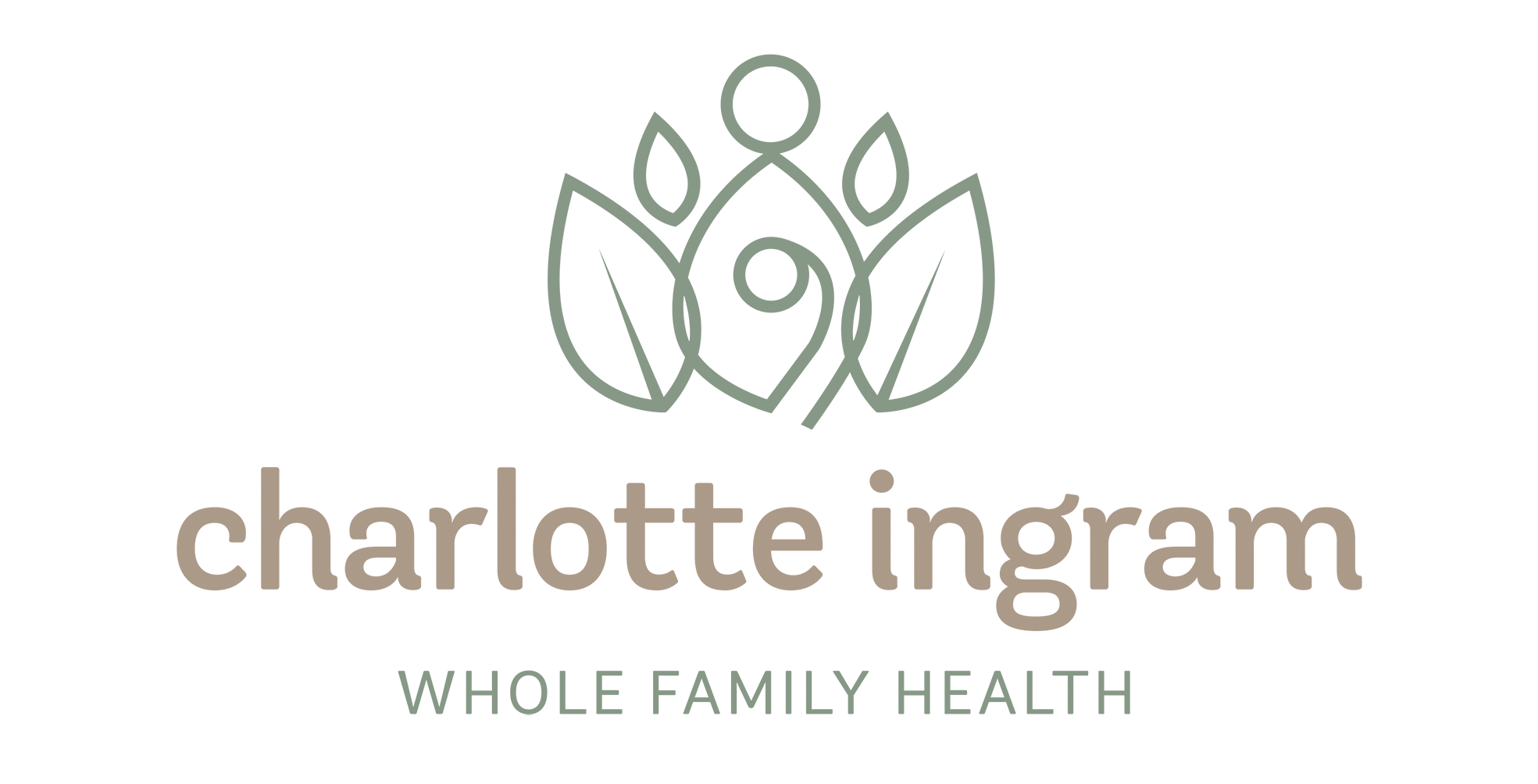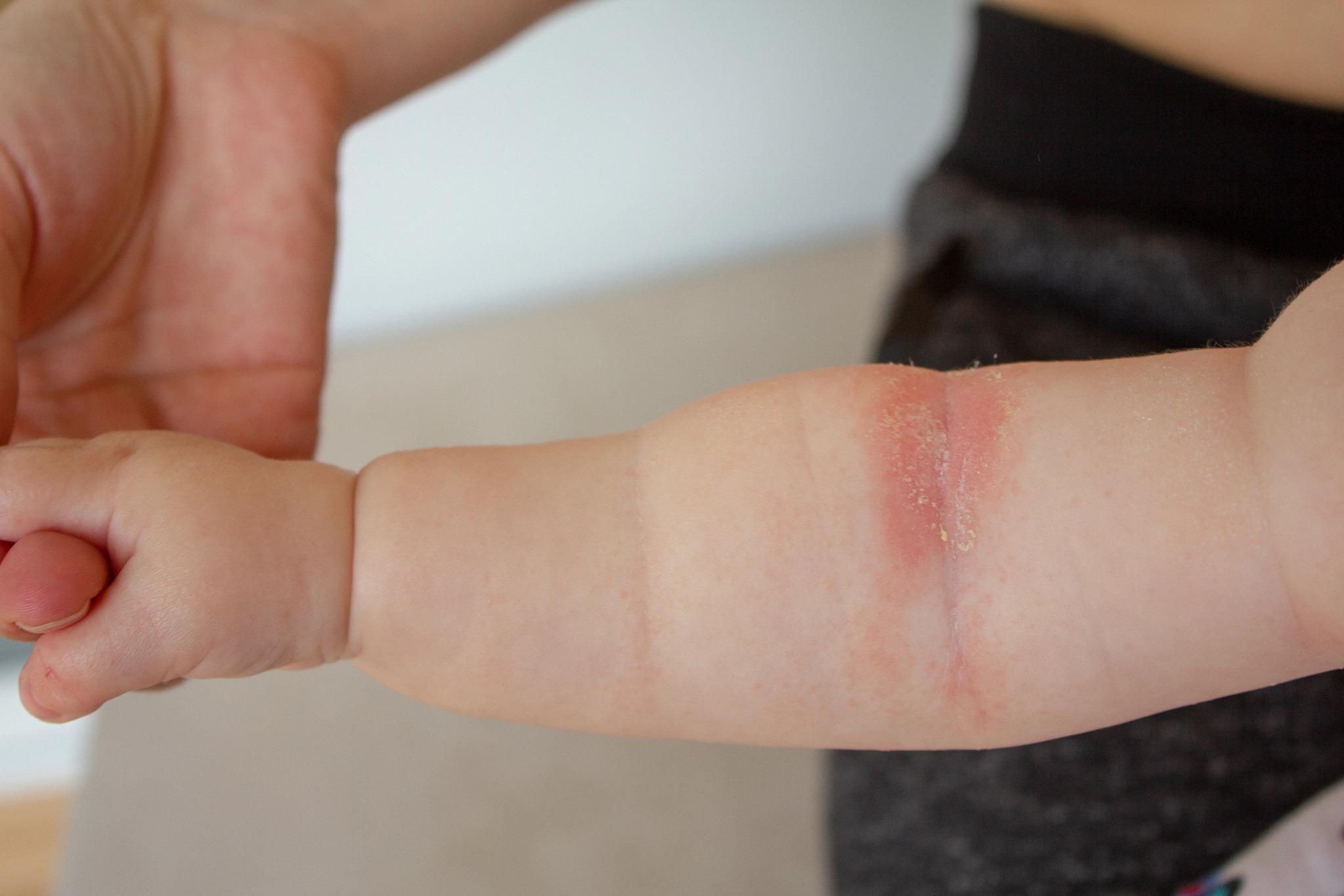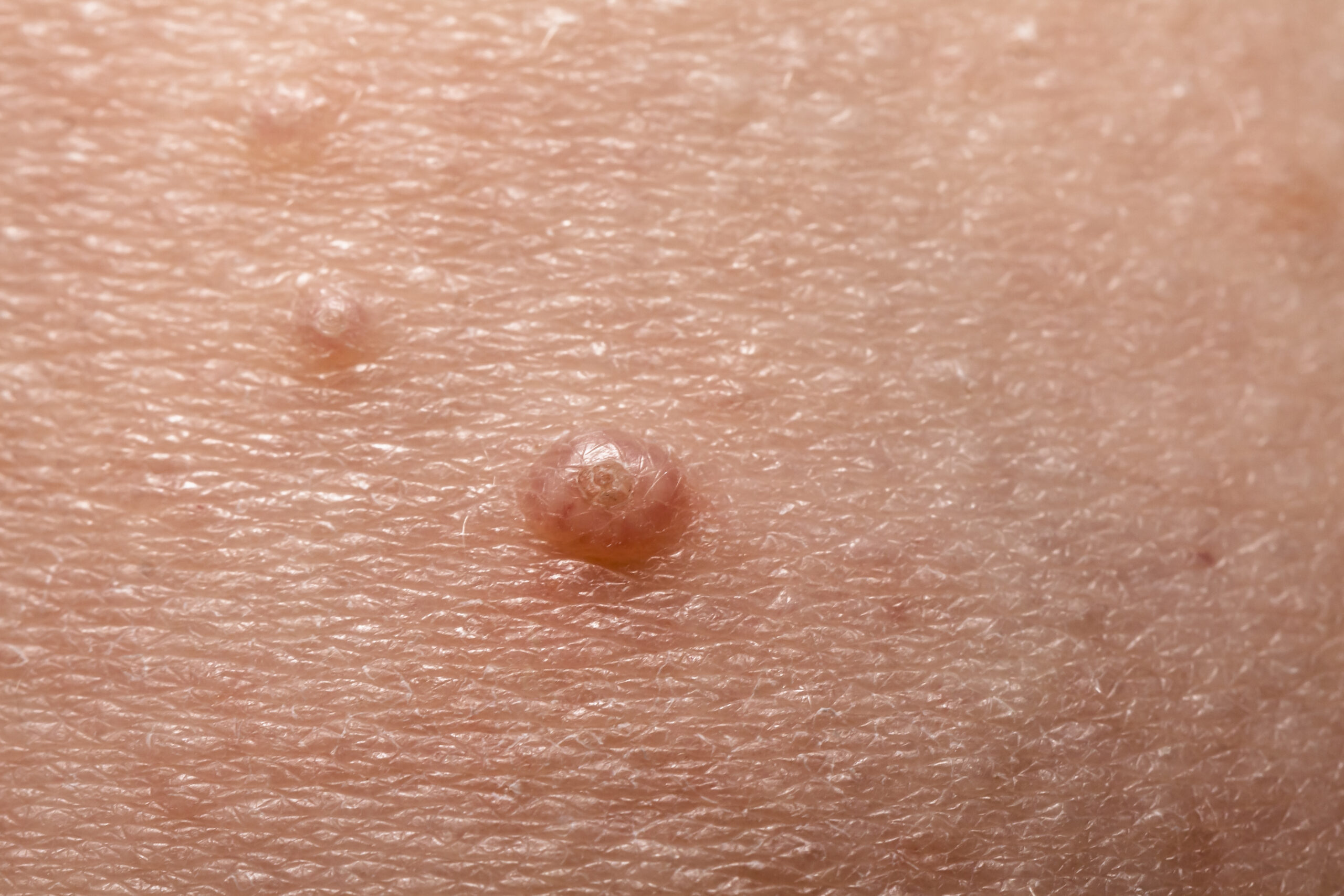What is colic?
Infantile colic is a benign process in which a baby has paroxysms (defined as a ‘sudden attack or outburst of a particular emotion or activity) of inconsolable crying. (1)
Colic diagnostic criteria
Colic is diagnosed according to the ROME IV criteria for functional gastrointestinal disorders, with colic signs and symptoms as follows:
- An infant who is less than 5 months of age when the symptoms start and stop
- Recurrent and prolonged periods of infant crying, fussing, or irritability reported by caregivers that occur without obvious cause and cannot be prevented or resolved by caregivers
- No evidence of infant failure to thrive, fever, or illness
“Fussing” refers to intermittent distressed vocalisation and has been defined as “behaviour that is not quite crying but not awake and content either.”
Infants often fluctuate between crying and fussing, so that the two symptoms are difficult to distinguish in practice. (2)
Many health professionals diagnose infantile colic based on clinical experience, without the use of strict diagnostic criteria. (3)
What causes colic?
No one really knows the answer to this question yet!
There are lots of different ideas, including allergy to cow’s milk protein, immaturity of the infant’s nervous or digestive system, an altered or disturbed gut microbiome, and hormonal changes- notably motilin and ghrelin. (4)
Below I will expand further on some of these ideas.
Altered/disturbed gut microbiome
Colicky babies have been observed to have high levels of Escherichia coli, Clostridium difficile and Klebsiella; and low levels of Lactobacillus and Bifidobacterium species.
This gut dysbiosis (imbalance of microbial species) could be a cause of increased gas production and abnormal gut motility such as intestinal contractions and spasms. (4)
Faecal calprotection
The presence of calprotectin in faeces happens when a type of white blood cell (neutrophils) migrates into the gastrointestinal tissue due to inflammatory processes.
Faecal calprotectin is used as a marker for gastrointestinal disorders, and has been found to be elevated in babies with infantile colic. (3)
What can help?
Probiotics
Many studies have found that alterations in the gut microbiome cause an increase in intestinal inflammation- probiotics can help by decreasing this inflammation. (4)
When we consider the use of probiotics, it is important to use strains that are specific for the issues that we are trying to address, that align with the clinical research evidence- for example, there’s no use taking a specific probiotic with research showing it is effective for eczema, if you have irritable bowel syndrome! Strain specificity is key.
Lactobacillus reuteri DSM 17938- available in Australia as Biogaia or Nancare Drops
This probiotic strain has been found to decrease crying episodes in babies with colic; as well as increase Lactobacillus species, and decrease faecal calprotectin (a marker of gut inflammation). (4)
This strain passes in to breastmilk, so if baby is breastfed then the breastfeeding parent can take this- it is available from health professionals as a product called BioGaia Protectis, which are chewable tablets.
If baby is formula fed, then you can add this directly to their bottle.
There are other strains that can be useful, such as those found in Activated Probiotics Biome Baby product.
Bodywork
Some parents report finding bodywork with a paediatric chiropractor or osteopath to have been helpful in reducing cry/fuss behaviour and providing relief from colic symptoms. Babies may display a head preference or have difficulty turning to one side, which can affect their ability to feed effectively. Bodywork can help with this.
Trialling an elimination diet
An elimination diet trial for a short period may be indicated. I tend to try to leave this option until all others have been exhausted. There is a concern that eliminating or delaying the introduction of food groups/proteins can increase the risk of developing an allergy. Eliminations can also make it harder to obtain all of the necessary nutrients you need from your diet.
Sometimes unsettled colicky babies will improve without any intervention, and sometimes they may improve while you are trying different approaches, which can make it difficult to know what to attribute any improvement to!
There are different types of allergy- IgE mediated allergy, which can be diagnosed through skin prick testing (SPT); and non IgE mediated allergy, which is best assessed through an elimination diet and challenge process.
Clinically the most common issues I see are with cow’s milk protein, soy, egg and sesame, though of course anyone can react to anything. Reactions can manifest as unsettled behaviour, skin rashes, blood and mucus in the stool, failure to thrive, and slow weight gain.
There are many popular suggestions around for ‘anti-colic’ diets for breastfeeding parents to follow. My concern with this is that they tend to restrict lots of prebiotic/fibre sources, which we need to foster a healthy gut microbiome.
Careful case taking as happens within a consultation can help ascertain whether an elimination diet may be helpful, and if so, where to start. Clues can be found in the family history and careful examination of a diet diary.
Check your medicines and supplements!
It is very common to feel a sense of despair when you have a crying, unsettled colicky baby. When families come to me, they will often have tried many different over the counter products and colic medications marketed to reduce symptoms of colic.
Be sure to check the excipients, or inactive ingredients in these products- typically there will be artificial colours, flavours and sweeteners.
I recommend using an app such as Chemical Maze to help guide you when looking up additives- you can search by the ‘e’ number, or the name of the additive. Chemical Maze uses a ‘traffic light’ system and grades results into red, orange and green faces, which helps you to make an informed decision.
Take Infacol for example:
Main ingredient: Simethicone 40mg per 1ml Oral Suspension
Also contains: Purified Water, Hypromellose, Orange Flavour, Saccharin Sodium, Methyl Hydroxybenzoate (E218) and Propyl Hydroxybenzoate (E216)
Saccharin sodium is an artificial sweetener, also known as E954. Chemical Maze lists possible symptoms of ingestion as allergic and hyper-sensitive reactions, gastrointestinal ailments, headache and migraine, and skin ailments such as eczema, dermatitis, itching, hives and rash.
E216 and E218 are both orange in the app, with similar possible symptoms as listed for E954.
Let’s look at Infants Friend- the box states:
NO SUGAR
NO ARTIFICIAL SWEETENERS, FLAVOURS OR COLOURS
This seems like it could possibly be a better option! Dig a little further and you’ll find it contains a preservative- potassium sorbate. Chemical Maze lists potential effects as headache, skin irritation, stomach upset, hyperactivity and allergic reactions.
Colic Calm is another popular product. It contains potassium sorbate which we’ve already discussed above, and benzoic acid- this is graded red in Chemical Maze, with potential side effects including skin irritation, headache, stomach upset and hyperactivity.
I could go on, but you catch my drift- while the active ingredients in colic products might look amazing, they often come with a side serve of excipients which can cause further issues.
Babywearing
For these ‘high needs’ babies, you might find wearing them in a supportive carrier helps with keeping them close and calm, and giving you your hands and ability to move freely back.
Everyone has different preferences for their favourite carriers. Many local areas have grassroots babywearing groups, where you can meet with other parents, try on different carriers, and work out what feels most comfortable for you.
You can also engage a babywearing consultant for a one to one lesson. You can look up a certified babywearing consultant and educator on the Australian Babywearing Association website.
Otherwise- ask around your other parent friends. In my peak babywearing days, I had 7 different carriers and loved them all for different reasons.
Lean on available supports
If you are in a relationship- can your partner work from home some days so they are more available to help if needed?
Do you have friends or family around that you can ask for support? People will often say ‘let me know if you need anything’- so this is your chance! Reach out and ask them to come over and hold your baby so you can have a shower in peace, or take your baby for a walk so you can have a nap.
If you don’t feel like you have any family or friends that you can call on and your budget allows, then a postpartum doula would be another option to help with providing practical, in-home support.
Your maternal and child health nurse can be a helpful person to talk to. Depending on the circumstances, they may be able to link you in with additional supports and programs.
Your GP may also be a good place to start; as well as your friendly local International Board Certified Lactation Consultant (IBCLC). You can find an IBCLC using the search function on the LCANZ website
Of course I will also suggest that a naturopath or nutritionist that is also an IBCLC or breastfeeding counsellor will have the skillset to provide additional help, and refer for further investigation if needed.
If you would like some help with your unsettled baby, you can book an appointment with me here
I see families at my clinic in Belgrave Heights (Outer East Melbourne) and online everywhere (EXCEPT the USA)
References
1. Johnson JD, Cocker K, Chang E. Infantile Colic: Recognition and Treatment. Am Fam Physician. 2015;92(7):577-82.
2. Appendix A: Rome IV Diagnostic Criteria for FGIDs The Rome Foundation; 2016 [Available from: https://theromefoundation.org/rome-iv/rome-iv-criteria/.
3. Sommermeyer H, Bernatek M, Pszczola M, Krauss H, Piatek J. Supporting the diagnosis of infantile colic by a point of care measurement of fecal calprotectin. Front Pediatr. 2022;10:978545.
4. Savino F, Garro M, Montanari P, Galliano I, Bergallo M. Crying Time and RORγ/FOXP3 Expression in Lactobacillus reuteri DSM17938-Treated Infants with Colic: A Randomized Trial. J Pediatr. 2018;192:171-7.e1.






